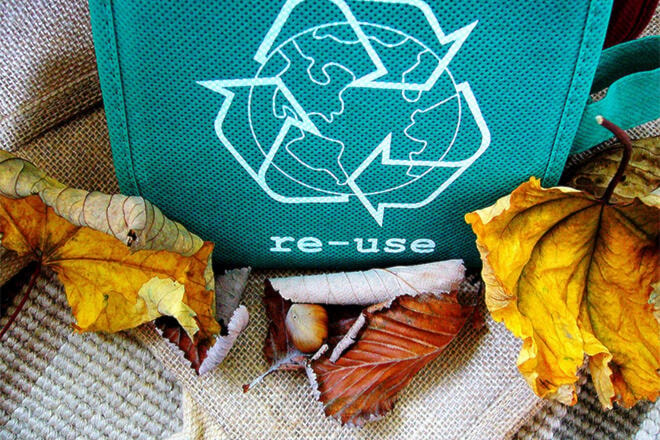By Marg Durnin, Member of Creston Climate Action Society
And the first of these is… Reduce! Why? To re-balance our global climate, ensuring enough clean water and air for all life on earth. To preserve natural space for our wild neighbour species. We may be able to afford all the things we want to eat, wear, visit, or own – but can the earth afford it?
Renewables offer some promise, and yet: “The majority of infrastructure and technology needed to subtract fossil fuels from the economy hasn’t been made yet,” said Andrew Nikiforuk in Inflation, Scarcity and the Road to Survival.
Every energy source that promises to lighten the burden on our environment will require massive heavy industry to create. So we have dug ourselves into a hole. We must stop digging!
The “re-use” goal is essentially a reinforcement to the “reduce” message. The energy to produce and transport has already been invested, but must be done again to change its purpose. Recycling is least preferable, because yet again: more energy goes into deconstructing all types of materials. This involves shipping and more industrial processing, and still produces waste products .
The “reduce” step means purchasing fewer new things – and make those purchases at as high quality as possible to last a long time. This is much like any self-improvement effort – it takes practice, involves backsliding and re-commitment, and changing your feeling of reward from the experience of buying something new – to realizing what you have contributed to the world by not buying.
A practical group in the U.K. did a full analysis of the most harmful waste that comes from consuming, and offered just six steps to focus on:
• Buy quality and make it last – This is particularly important with electronics, since most have a lifespan of about 7 years, but are replaced much more often. They are rare earth intensive, which translates into strip-mining all over the world. Reducing all manufactured goods cuts up to 85 per cent of the emissions involved in manufacturing.
• Buy less clothing - Try to buy only three items per year. Invest in better quality and learn to mend things beautifully! Even donated clothing is a large burden. Gleaners alone ships thousands of pounds a year, and then it’s shipped for processing even further. The clothing industry produces more emissions than international aviation and shipping combined!
• Cut back on personal vehicle use – This a harder goal, but we need to learn from successful car shares elsewhere and get creative here! Globally, transport causes a quarter of all emissions, and about 65 per cent of that is from road vehicles. So walk or bike when you can.
• Eat local as much as possible - This is achievable in our valley and something to celebrate! Eating local reduces food sector emissions, which are another quarter of the total globally.
• Cut down on flying - Aim to make only one short-haul return flight every three years or one long-haul every eight years. Flying causes only two per cent of emissions but is rising rapidly.
For more information, connect with us on the Creston Climate Action Facebook page or email CrestonClimateActionSociety@gmail.com.
READ MORE: E-Tips: Connecting to the Earth through gardening
